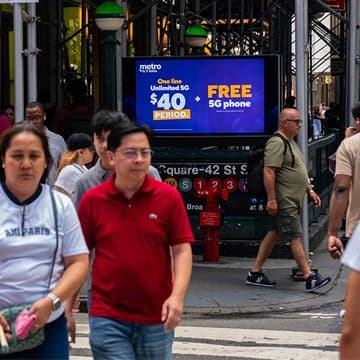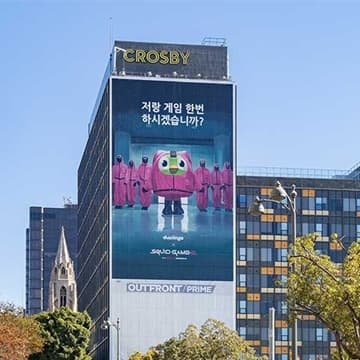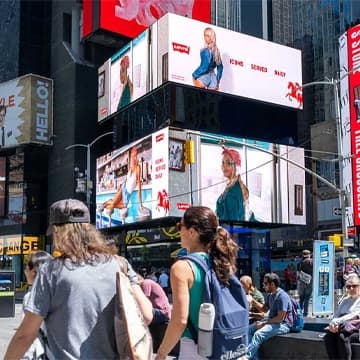
Five Top Media Trends from OUTFRONT's Late 2025 Advertising Trends Report
September 9, 2025
The advertising media landscape is always in flux. It can be hard for a marketer to keep up. But never fear – OUTFRONT has you covered, with our new Advertising Trends Report.
It’s got over 50 pages of thought-provoking insights. Last week here at Brand Central Station, we did a rundown of the five biggest late 2025 consumer trends from the report. This time around we’re sharing the fop five need-to-know trends from the wide world of advertising media. Without any further ado let’s jump right in!
1. Consumers want their privacy and personal data protected, not used for invasive advertising.

Did you know that responsible use of personal data is now the single most important factor shaping customer experiencewith brands? A lot of brands don’t – that’s why there’s a 39-point gap between consumers who say how brands use their data is important and those satisfied with how brands are doing so (SOURCE: Qualtrics/XM Institute).
It’s not hard to understand then why a majority of consumers now use ad blockers, including two in three in the critical 25-to-44 demo (SOURCE: Censuswide/Ghostery). Consumers are particularly creeped out by online advertising personalized based on their behavior, with browsing history considered the most invasive (59%). The least invasive type of personalization is retargeted ads (30%) (SOURCE: YouGov).
2. Consumers hold a deep mistrust of GenAI, particularly when encountered along the path to purchase.
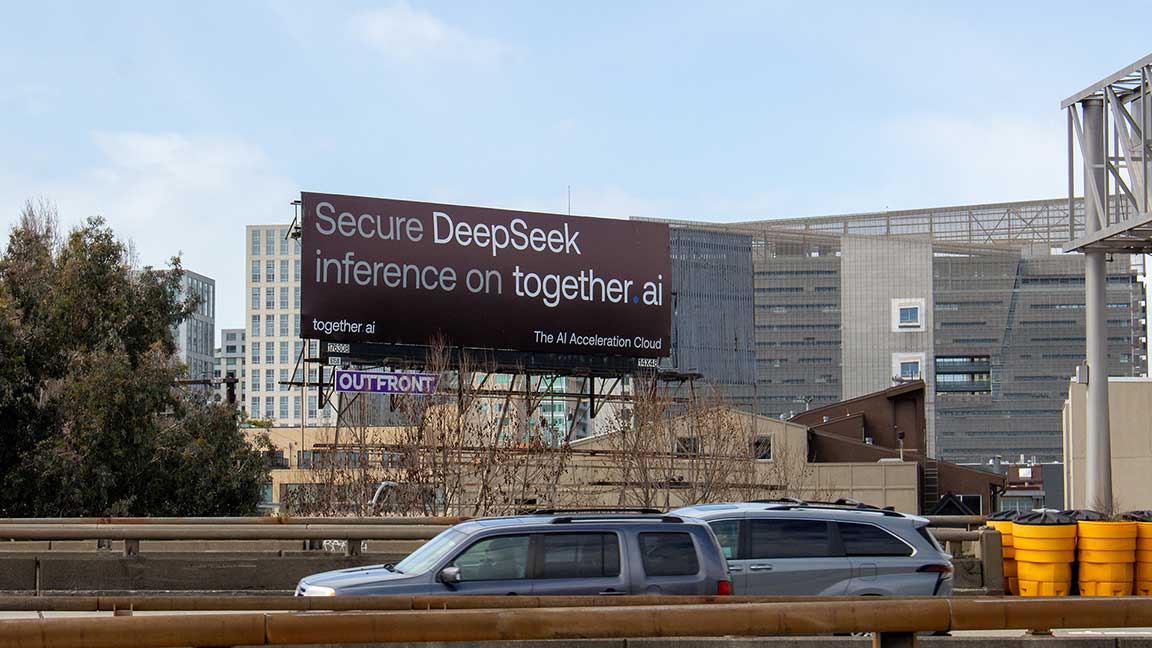
Nearly six in ten consumers are suspicious about AI using their personal data and only 37% trust it not to discriminate or show bias (SOURCES: Prosper Analytics, Ipsos). There are, however, factors that would increase consumer trust in AI, most notably transparency (42%), human validation (35%), and greater user control (32%) (SOURCE: Salesforce)
And when it comes to AI in ads themselves – brands should beware. Americans prefer human-driven ads over AI by a margin greater than 2-to-1. And using AI to enhance product images, create images or video used in ads, or write product reviews is more likely to decrease trust than to increase it – by as much as 29 points (SOURCE: Ipsos).
3. Trust is even more important than in years past because the stakes are now higher.
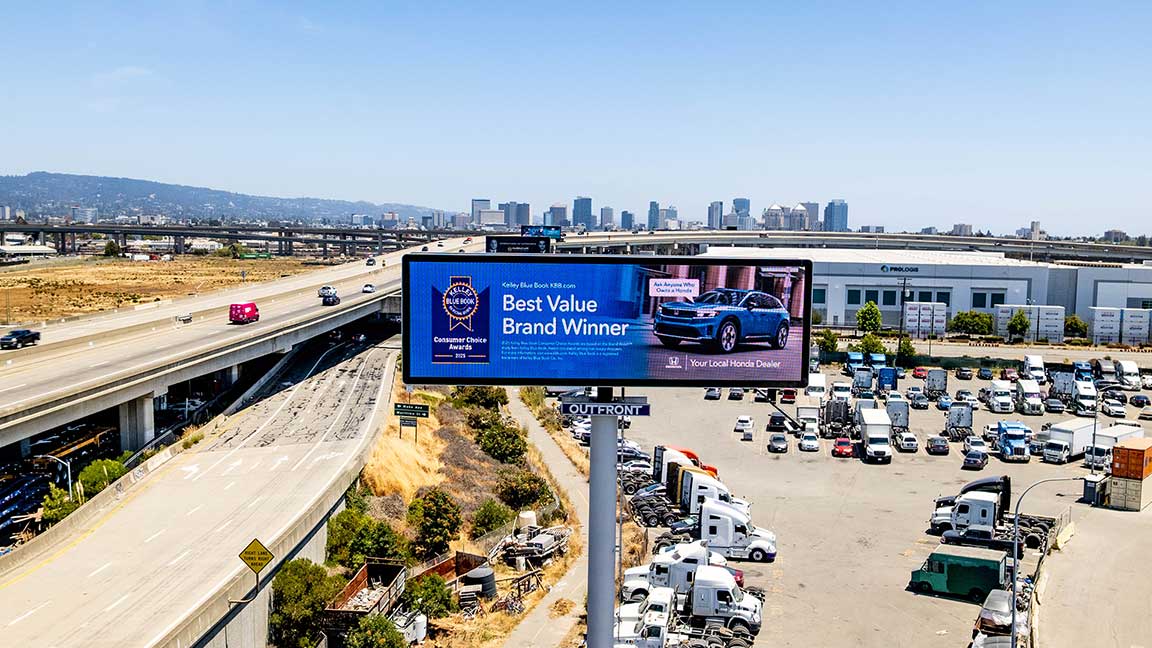
In the C-suite, two out of three recognize that trust is more important than previously. The biggest reasons are that more of our personal information is at risk (62%) and human interaction is harder to come by (51%) (SOURCE: Institute of Practitioners in Advertising/Financial Times).
But a trustful relationship benefits everyone. Consumers can feel more confident and less concerned about their dealings with a company, while brands benefit from improvements to loyalty, brand equity, profits, and resiliency.
Brands can bolster their trust by advertising exclusively on “gatekeeper” channels –mediums where only curated, professionally produced content is shown, such as out of home – as opposed to channels with user-generated content, such as X (formerly Twitter). This is critically important – 59% of decision-makers say gatekeeper media is important or very important for building trust, and consumers consider gatekeepers more trustworthy by a 50-point margin (SOURCE: IPA/FT).
4. The best environment for building brand trust is in real life. One perhaps-unexpected ingredient is contextual relevance.
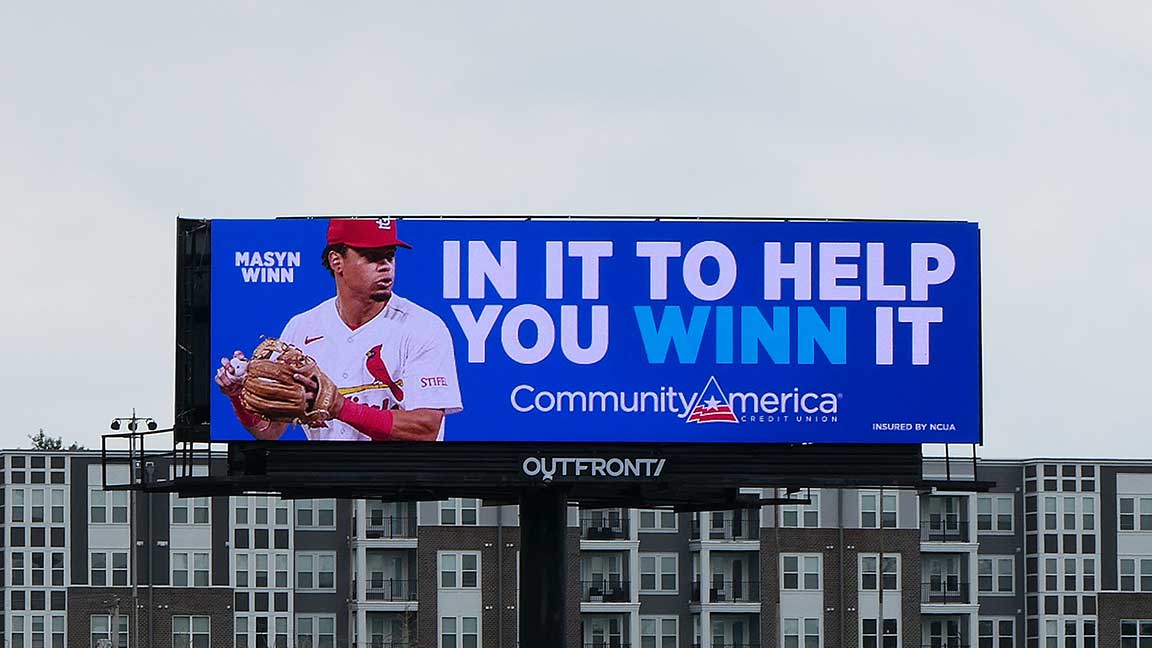
For the last four years, there’s been a roughly 50-50 split in whether consumers trust brands more or less than the year prior. Then this year the bottom fell out – 71% trust them less (SOURCE: SalesForce). But by building presence in real life with activations or special events, a brand can leave nine out of ten consumers feeling like the it’s honest, good at what it does, and keeps its promises, those feelings lasting a few months or more for nearly half (SOURCE: Freeman).
Showing up in real life also offers brands the opportunity to create contextual relevance, which three out of four consumers say would increase their trust in a brand (SOURCE: Edelman). Contextual relevance can also double search and triple purchase intent (SOURCES: Lions Advisory, Magna/Sightly). The bottom line? Consumers love contextually relevant ads. 94% say it’s their preference and 80% say they’re more likely to engage with them (SOURCE: Gumgum).
5. Media buyers are rethinking their emphasis on short-term performance marketing as they recognize the long-term dividends paid by investment in brand.
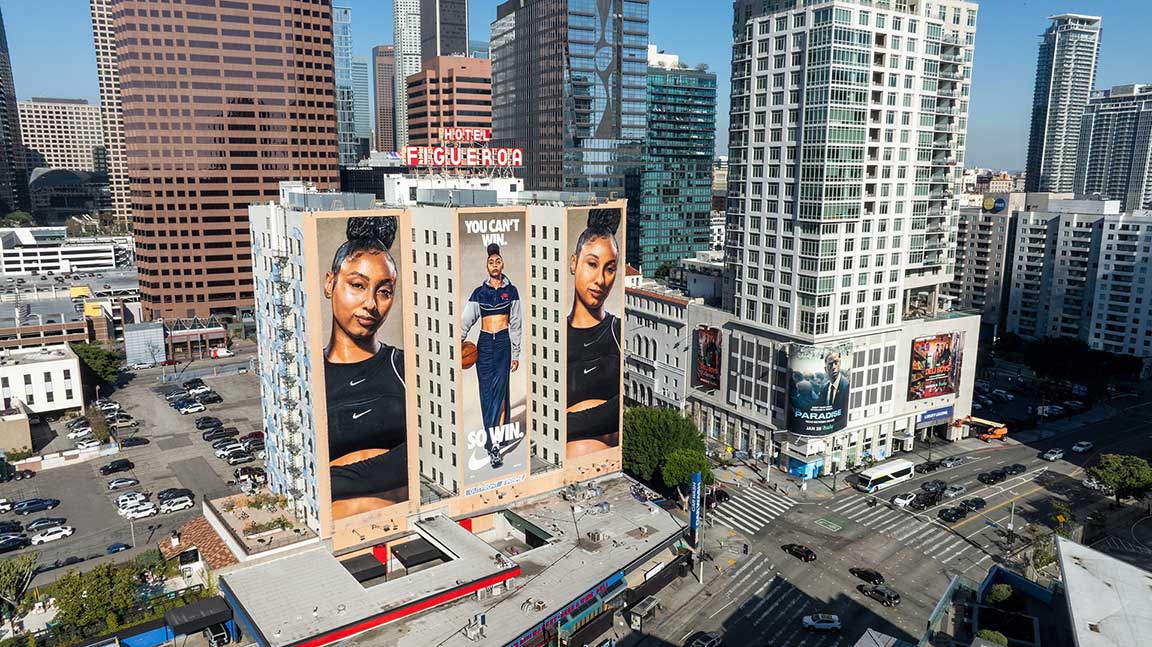
The performance vs. brand debate rages on – but should it? 84% of the time, a buyer’s journey ends where it began – with the brand they expected to buy in the first place, which means that if you’re introducing your brand to new buyers when they’re actively looking to buy, you’re already too late (SOURCE: Saïd Business School, Oxford University).
Ultimately, chasing short-term objectives like impressions, social engagement, and conversion rates comes at the expense of brand effects like awareness, trust, differentiation, and distinctiveness. And the latter contributes much more to business results like market share, loyalty, and profit. In fact, over the long term, the campaigns in the top quartile of brand impact achieve nearly 50% more of those business results than the bottom quartile (SOURCE: System1). By entertaining and creating emotional resonance, brands can establish themselves for consideration before the buyer starts their search.
That’s it for part two of our media trends rundown. Next time we’ll dig into the latest trends specific to IRL out of home media. Can’t wait for the grand finale? Download the full Late 2025 Advertising Trends Report now.
Author: Jay Fenster, Marketing Manager @ OUTFRONT
Links to third-party content are not endorsed by OUTFRONT Media. Past performance may not be indicative of future results. OUTFRONT does not guarantee specific results or outcomes.
Relevant OOH Content Straight To Your Inbox
Essential out of home insights, trends, and success stories. Delivered weekly.
